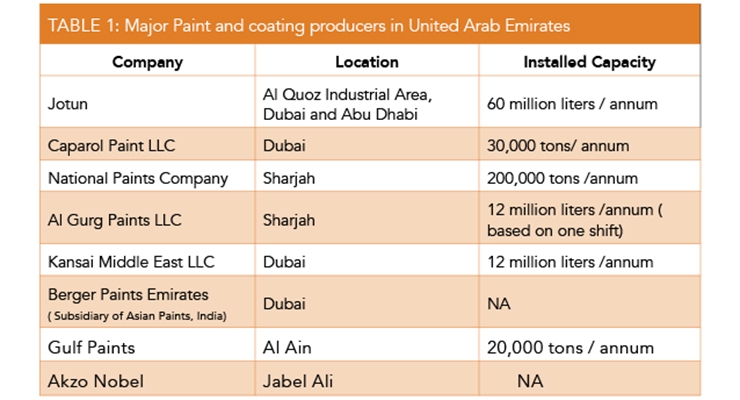Examine The Role Of Seasonal Factors In The Success Of Industrial External Paint And Reveal The Very Best Times To Safeguard Enduring Outcomes For Your Project
Examine The Role Of Seasonal Factors In The Success Of Industrial External Paint And Reveal The Very Best Times To Safeguard Enduring Outcomes For Your Project
Blog Article
Post By-McLamb Decker
When you're planning a business external paint task, seasonal aspects can make or damage your outcomes. You'll wish to take into consideration exactly how temperature level and humidity impact paint application and drying times. Selecting the ideal season can guarantee your paint adheres properly and lasts longer. Yet which periods are really the most effective for this type of job? Allow's discover the crucial elements that can impact your task's success.
The Effect of Temperature on Paint Application
When you're intending a commercial exterior paint job, the temperature level can significantly affect how well the paint adheres and dries out.
Ideally, you intend to paint when temperature levels vary in between 50 ° F and 85 ° F. If it's too chilly, the paint might not cure effectively, leading to problems like peeling off or splitting.
On the other hand, if it's also warm, the paint can dry out as well rapidly, avoiding correct adhesion and causing an unequal finish.
You must also consider the moment of day; early morning or late afternoon provides cooler temperature levels, which can be extra positive.
Constantly check the manufacturer's suggestions for the details paint you're utilizing, as they frequently provide support on the excellent temperature level array for optimal results.
Humidity and Its Effect on Drying Times
Temperature isn't the only environmental variable that influences your business exterior painting job; humidity plays a substantial function too. High humidity degrees can slow down drying out times considerably, influencing the general high quality of your paint job.
When the air is filled with moisture, the paint takes longer to treat, which can lead to problems like inadequate bond and a greater threat of mildew growth. If you're painting on an especially moist day, be planned for extended delay times in between layers.
It's critical to check regional weather conditions and strategy accordingly. Ideally, go for moisture levels in between 40% and 70% for ideal drying out.
Keeping https://house-painters-near-me54219.ageeksblog.com/33217376/as-you-embark-on-the-goal-to-give-your-home-a-new-look-explore-the-insights-on-just-how-to-select-the-very-best-paint-colors-and-prepare-your-area-for-a-renovation in mind guarantees your task stays on track and provides a long lasting coating.
Best Seasons for Commercial Outside Painting Projects
What's the most effective time of year for your business outside painting tasks?
Springtime and early autumn are typically your best bets. During https://commercialpaintersnearme86420.blogs100.com/34836962/yearning-for-a-home-that-radiates-quality-and-vibrancy-discover-the-key-of-expert-residence-painters-and-the-crucial-elements-that-make-a-residence-really-seem-like-a-home , temperatures are light, and humidity degrees are frequently lower, producing optimal conditions for paint application and drying.
Stay clear of summer's intense heat, which can cause paint to completely dry as well quickly, causing poor bond and finish. Similarly, https://www.21oak.com/home-maintenance/high-humidity-indoor-painting/ can prevent proper drying and treating, risking the durability of your paint work.
Aim for days with temperatures in between 50 ° F and 85 ° F for optimum outcomes. Keep in mind to examine the neighborhood weather forecast for rainfall, as wet problems can spoil your job.
Planning around these factors ensures your painting project runs efficiently and lasts longer.
Conclusion
Finally, planning your industrial external painting jobs around seasonal considerations can make a substantial distinction in the end result. By scheduling job during the optimal temperatures and moisture levels, you'll make certain much better adhesion and drying out times. Remember to keep an eye on regional weather forecasts and pick the correct time of year-- springtime and early autumn are your best bets. Taking these actions will help you achieve a long lasting and specialist finish that lasts.
